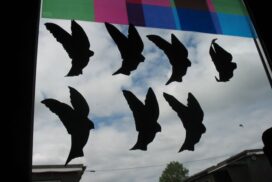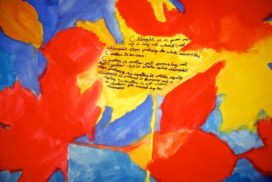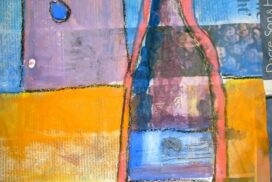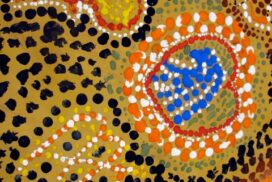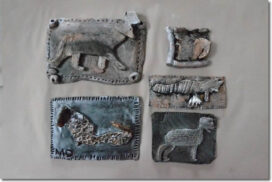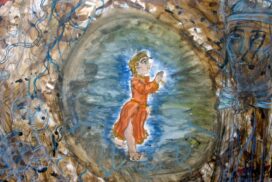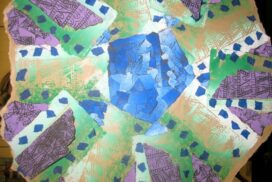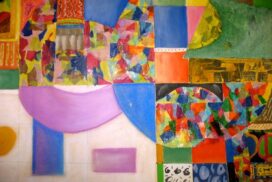Art, craft and design embody some of the highest forms of human creativity. The high-quality art and design education engages, inspires and challenges pupils, equipping them with the knowledge and skills to experiment, invent and create their own works of art, craft and design. As students progress, they should be able to think critically and develop a more rigorous understanding of art and design. They should also know how art and design both reflect and shape our history, and contribute to the culture, creativity and wealth of our nation.
Art at Nidderdale aims to utilise creativity, exploration of ideas, designing independently and cooperatively and then evaluating previous ideas and work. Students show creativity when they play with ideas and generate different approaches, responding to purposeful tasks in imaginative and personal ways to produce original images and artefacts. Originality can be defined in relation to pupils’ own previous work, the work of their peer group, or what others have produced in a range of historical contexts. Exploration should be purposeful. Students could draw on their exploration to evaluate their successes and failures and propose next steps. Students will be confident risk takers, trying out new ideas and processes without fear of failure.
Competence: This includes competence in skills needed for different types of art, craft and design practice. Students will be able to apply these skills when investigating, analysing, thinking, designing, making, reflecting and evaluating. Analysing is a key element of practical explorations, development of ideas and critical studies. Evidence of analysis may be seen in discussions and visual and other forms.
Designing: This includes designing for different purposes and vocational and work-related practice. Evaluation is a continuous process and should include evaluation of the initial choice of subject and materials, of work in progress and of outcomes.
Media: This includes new technologies and materials.
Cultural understanding: Pupils could explore the culture of their society, the groups in which they participate and questions of local and national identity which could also include work-related contexts that reflect the creative and cultural industries. Analysis and critical evaluation are key aspects of the creative process and essential life skills. Students will develop these skills in relation to the world around them, as well as to their own and others’ creative outputs. Developing their own views and expressing reasoned judgements includes appropriate language to express thoughts and ideas and evaluating and making judgements based on a set of values that are either given to the pupils or that they create themselves.
At Key Stage Four students follow the AQA Art and Design GCSE specification, consolidating and further developing the skills of Key Stage Three. The impact of this course will prepare the students for their next steps to learning, also inspiring further study into Art and Design. The AQA GCSE in Art and Design equips students with the knowledge, understanding and skills to develop their creativity. Vibrant and dynamic, this specification will give you the freedom to teach GCSE Art and Design in ways that inspire and bring out the best in all your students, whilst equipping them with the skills to continue the subject with confidence at AS, A-level and beyond. The qualification features a wide range of titles including Art, craft and design, Fine art, Graphic communication, Textile design, Three-dimensional design and Photography. The flexibility of the courses design means students can tailor their course to their interests and the school’s strengths.


